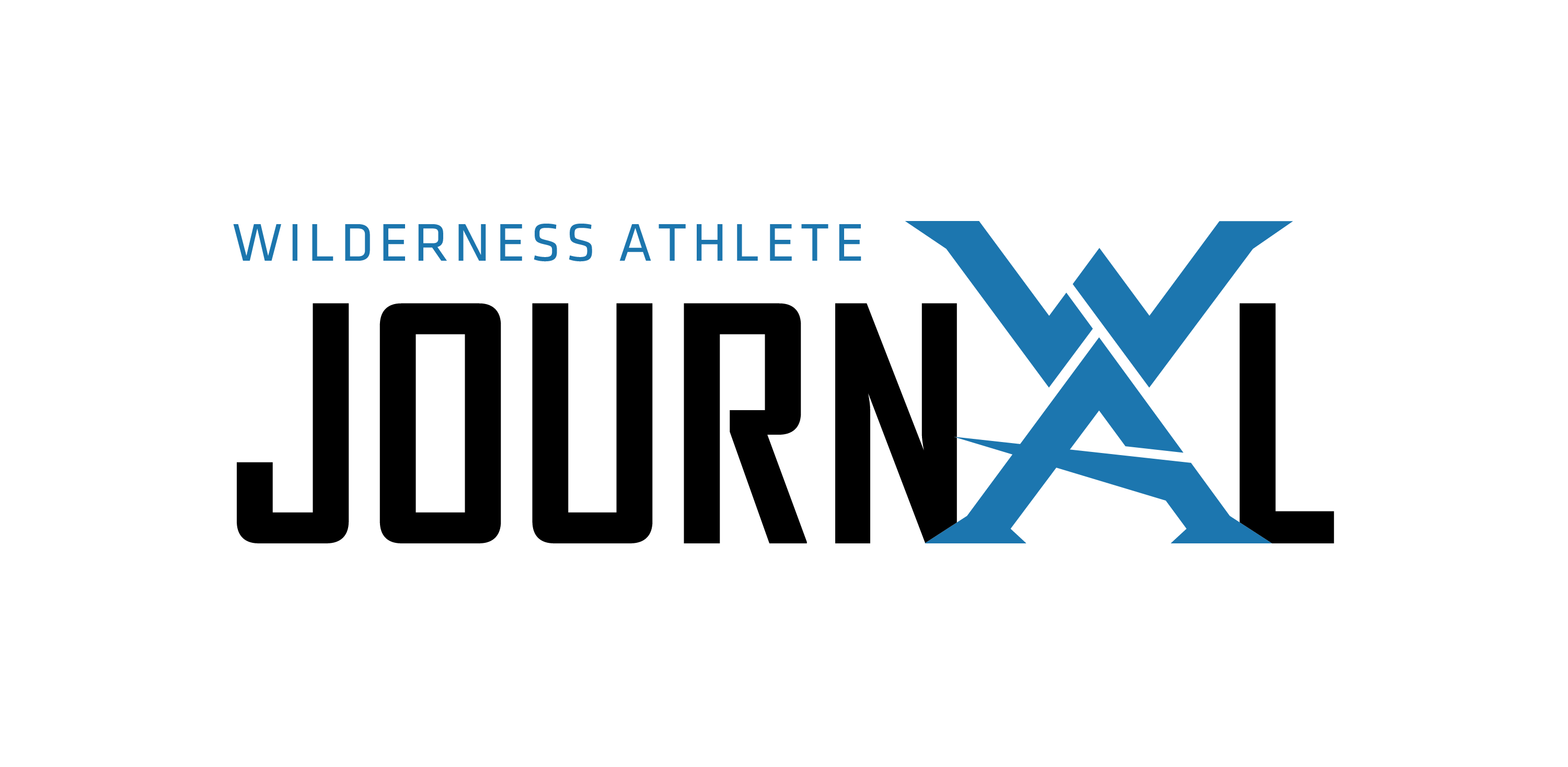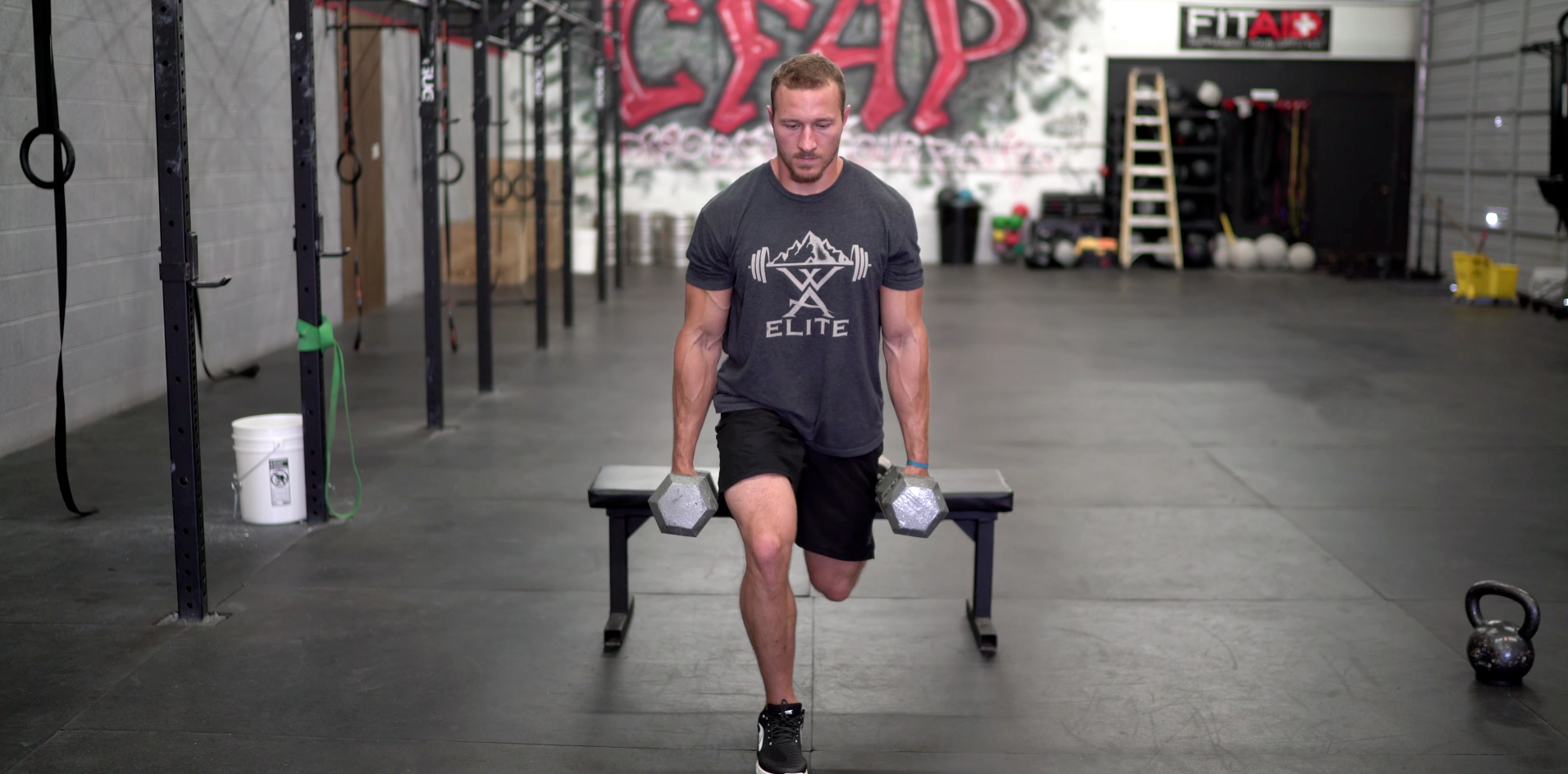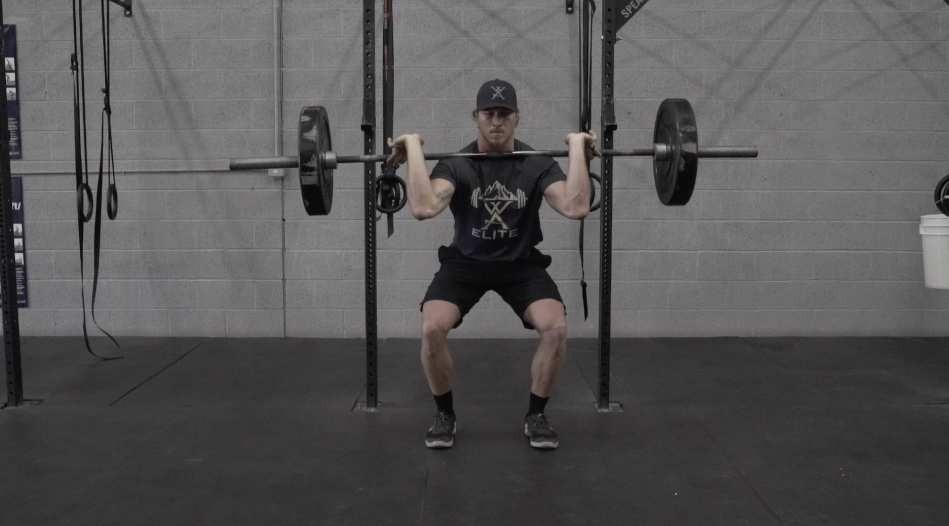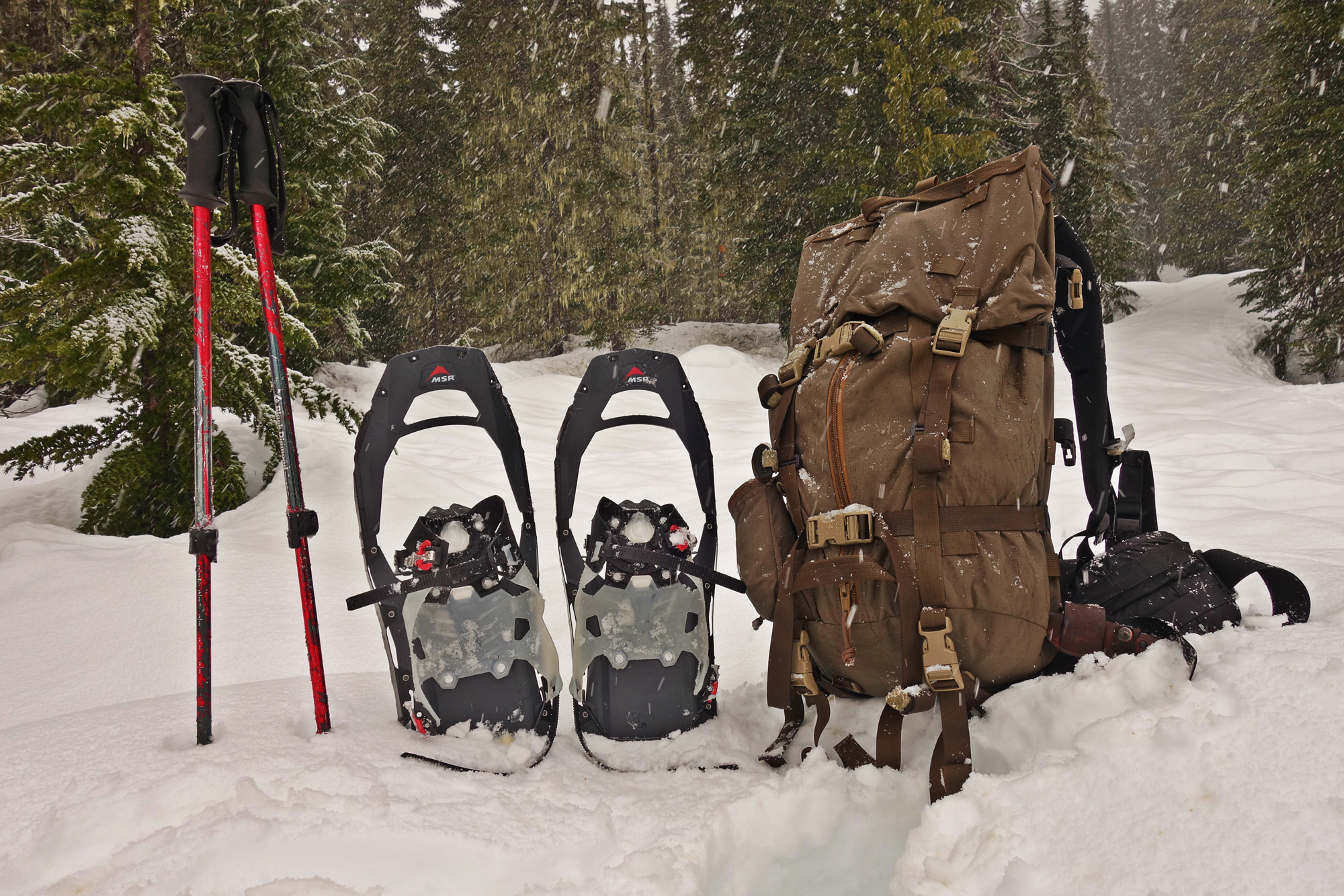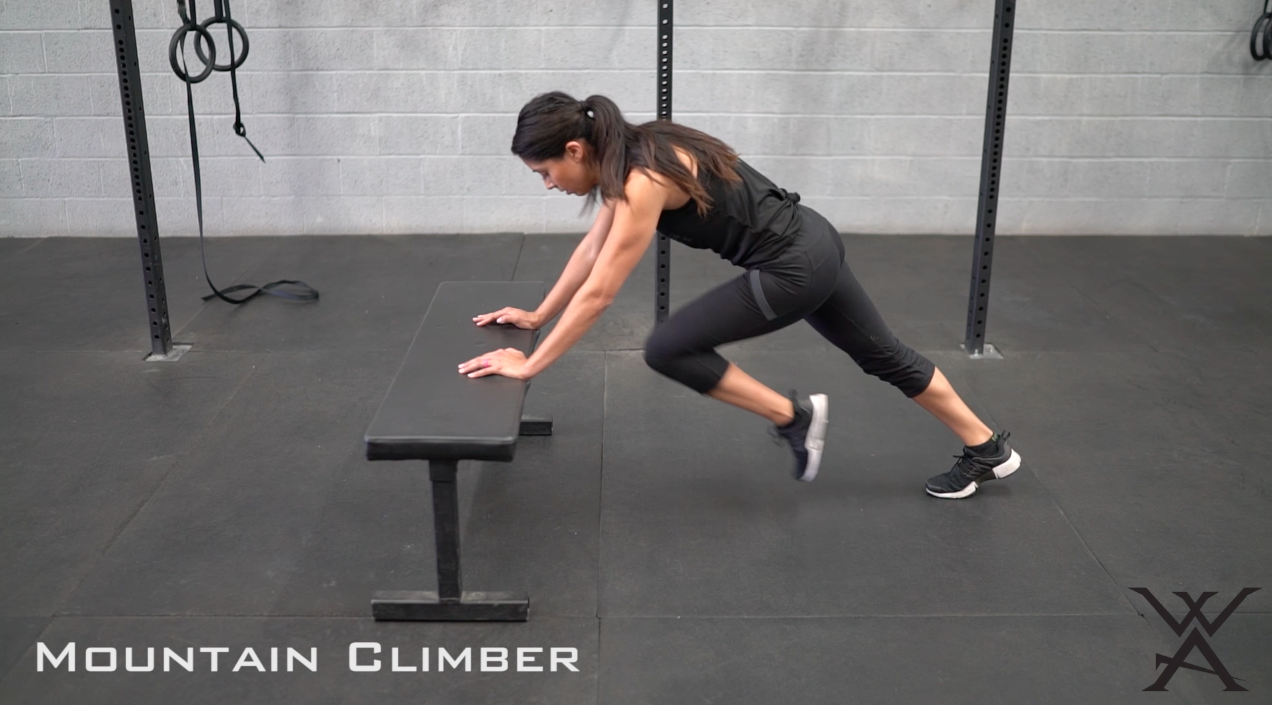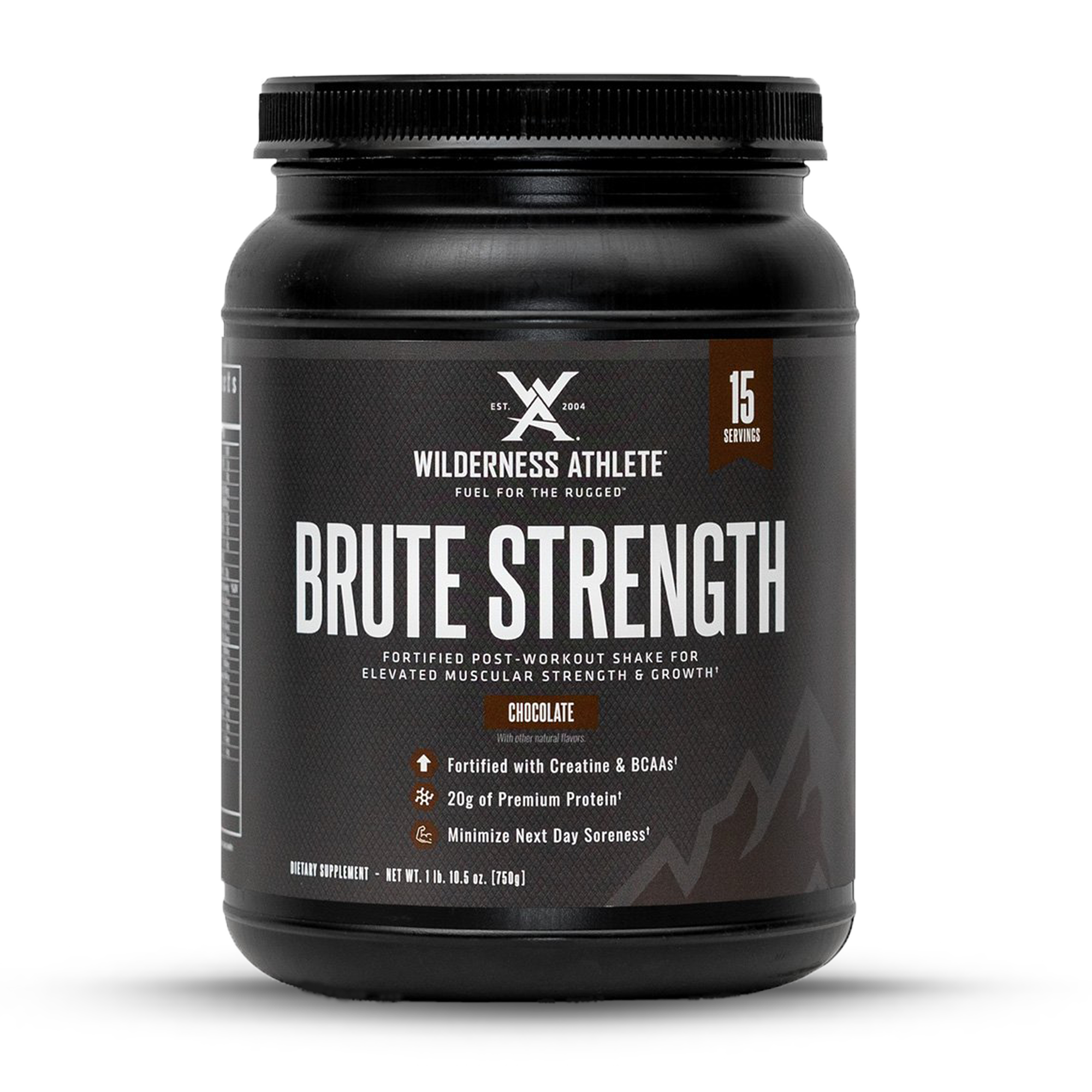Unique Leg Workouts To Help Deload Your Spine
My Dad, Or Coach P as you all may know him, has dealt with back problems his entire life. By problems, I do not mean the problems that I occasionally get like a sciatic flare up. Let’s just say that his issues are not the sort that can be solved with some ibuprofen or ice. I have seen him suffer through the years and did not know how bad his injuries were. He is your typical tough guy and will grit out everything he does, but that does not mean there is no pain. It took some time but he finally admitted that he has almost constant numbness in his left foot.
Coach P has always been a huge proponent of the squat and a “heavy leg day”. He pushed heavy training for himself and others for years but his body is dealing with the strain these types of workouts create. Leg day can be tough because you have to push hard to see results, you place substantial loads on your back and your spine is compressed as soon as the weight is pulled from the bar. Your spine is designed to compress, but as the weight increases so does the compression. This compression, when met with improper form, is the reason for so many back injuries.
When looking to improve on a typical leg day and create less stress on the back, while still increasing strength, you want to start to incorporate single leg workouts. Single leg workouts are beneficial in many ways.
Single leg training is such an effective way to overload the legs without compressing the spine with heavy weights. It helps deload the spine and is therefore great for individuals who have a chronic or acute back issues or those who want to increase weight without compromising spinal compressions. It also helps improve your overall stability by forcing you to balance as you perform each of these movements. The use of the stabilizer muscles needed to perform these workouts will leave you feeling sore in places you did not even know muscles existed.
The last benefit is that when you train each leg separately you will usually find that one is leg is weaker than the other. While performing two legged workouts your dominant or stronger leg may be doing a higher percentage of the work. Determining this helps you designate that weakness or compensation early so that it does not lead to an injury later down the line.
I would recommend that everyone periodically train with these exercises as a way to deload the spine and keep healthy for the long haul. Remember to start slow!
Leg day separates the men from the boys. A big chest and arms are a dime a dozen but when I see a guy with strong and muscular legs, he has my respect because I know that he has put the work in.
THE WORKOUTS
Rear Foot Elevated Split Squat
- Standing in front of a bench or box, reach one leg back behind you and place the top of your foot on the bench.
- Slowly lower under control until your back knee is an inch off the ground, making sure to keep the torso upright.
- Make sure that the distance from the bench is comfortable for you. The closer you get to the bench the more you are working your quads, but too close and you may feel some discomfort. Also if you are too far away you may feel it in your groin and hip flexor.
- There are three ways to perform this exercise.
-
- No weight with your hands up around your chest.
- Kettle bell/dumbbell goblet style hold.
- 2 dumbells, one in each hand, holding them at your side (make sure to not let the dumbells pull your chest forward, maintain an upright position).
Single Leg Romanian Dead Lift
- Start with a dumbbell or kettlebell held in each hand.
- Start the movement by reaching rearwards with one leg.
- Keep the toes of the rear foot pointed towards the ground and keep the rear leg in line with the torso (keep the hip extended on the rear leg). Maintain a neutral head and spine throughout the lift.
- Stop the eccentric portion of the movement when your range of motion ends while keeping proper form.
- Make sure the dumbbells or kettlebells stays close to the body and do not drift too far outward.
- Return to the starting position by pulling with the heel of your front foot.
Pistol Squat
- Start in the standing position.
- Reach forward with your hands and extend your non-working leg while slowly lowering into the squat position.
- Keep your chest up and core tight
- Make sure to go slow in both directions the eccentric motion is just as important in this exercise.
- You can perform this exercise on a box or on flat ground.
- Use a bar or rubber band to assist you when first learning how to perform the pistol squat.
- Add dumbells for increased weight and difficulty.
